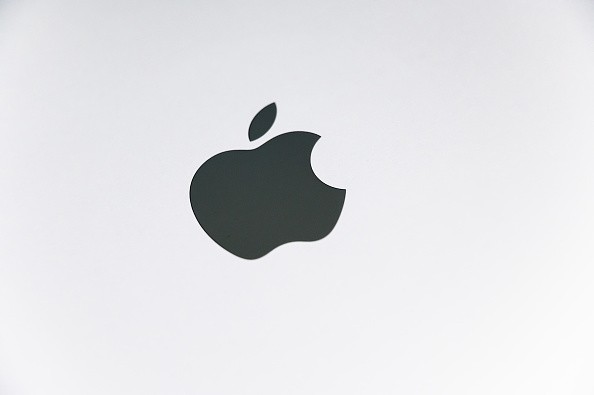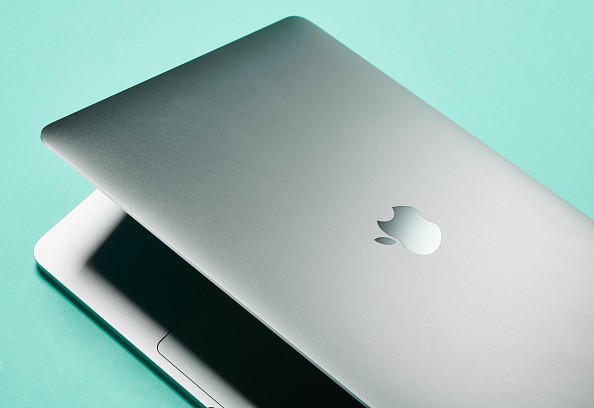Apple fans have been requesting that the company make a touchscreen MacBook Pro. However, they still don't seem to relent.

This is despite Apple constantly claiming that the new MacBook Pro was created with a lot of customer input, writes AppleInsider.
Apple said that they designed the new device by focusing on what a lot of users need, further claiming that the company listens a lot to its customers. But on the subject of touchscreens, the Big Tech giant still refuses to add it for one reason: optimization.
John Ternus, Apple's senior vice president of hardware engineering, states that the reason they haven't added a touchscreen to the MacBook Pro is because of the existence of the iPad.
The company says that they've already created the world's "best touch computer" in the iPad, further adding that they never really "felt the need" to change the MacBook Pro's design to add a touchscreen.
They say that the MacBook Pro is optimized for indirect input, and that's that.
Why Does Apple Keep Refusing To Make A Touchscreen MacBook?
This has been the question on a lot of industry analysts' minds for a while now, given that touchscreen laptop technology is becoming more mainstream.
According to Digital Trends, making a touchscreen MacBook will allegedly be an "ergonomic nightmare." They say that it has the potential to break user workflow because of the constant need to switch between a keyboard, mouse, and a screen.

In the end, Digital Trends claims, the addition of a touchscreen to a MacBook Pro could prove uncomfortable for users in the long run.
Apple, in fact, has also been saying this for years--even way back during the days of the late Steve Jobs.
Business Insider reported ten years ago that Jobs believes a touchscreen laptop simply doesn't work. They say that after extensive user testing, they found out that touch surfaces don't really work well vertically and could cause fatigue in the long run.
Jobs even adds, "it's ergonomically terrible."
A Different Tradeoff
So, Apple won't be making a touchscreen MacBook Pro anytime soon. What are they giving users in return, aside from hardware upgrades per new generation?
This is where third-party repairs come in. Apple might not be exactly the kind of company that endorses user right-to-repair, but now, they have. Their efforts, however, still seem to be lacking, and some members of the top management are aware of that.
That's because even if Apple does allow users to have their devices repaired by third-party providers, the company employs a few tricks to allegedly "discourage" it.
For one, anyone who takes their iPhone 13 to a non-Apple-accredited repair store for a screen replacement, the device's FaceID will be disabled, reports ComputerWorld. Some people initially thought this was merely a glitch, but extensive testing showed that it wasn't--it was deliberately put there.
This article is owned by Tech Times
Written by RJ Pierce
ⓒ 2026 TECHTIMES.com All rights reserved. Do not reproduce without permission.




